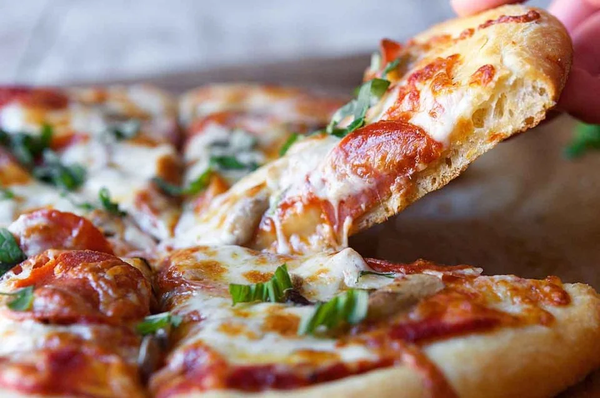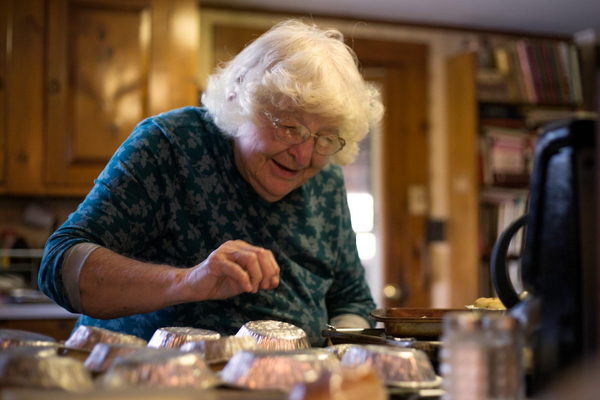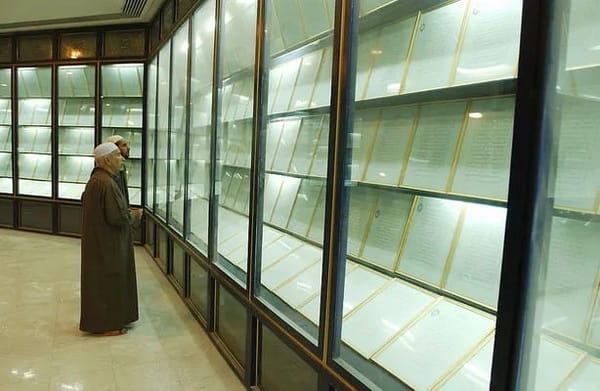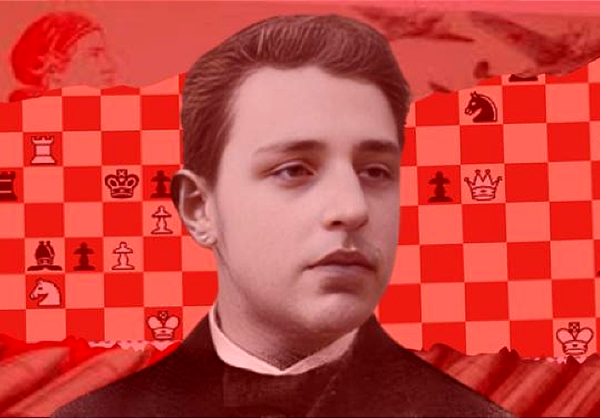This 19th-century woman predicted global warming

Clive Thompson writes: "By now, we all know the problems of greenhouse gases. Burning fossil fuels creates CO2 — with methane sometimes as side product as well — and it traps the sun’s heat. The result: Global warming, and all the weirding of climate that comes with it. We moderns have known this since the 80s. But the basic idea behind greenhouse gases was discovered over a century earlier — by a female suffragette who, in 1856, did some ingenious scientific experiments. When she wrote up her work, she neatly and pithily predicted the possibility that we’d one day cook the planet. Eunice Foote was born in 1819 on a farm in Connecticut, and raised in Bloomfield, New York. In that period of history, few women received good technical educations, but Foote was an exception: Her parents sent her to the Troy Female Seminary, where she learned advanced math and science."
This little known member of the Van Gogh family was crucial to Vincent's success

Sheehan Quirke, also known as The Cultural Tutor, writes: "Johanna is the least famous of the van Goghs. Vincent might just be the world's best-known artist. Then there's Theo, his devoted brother, without whose support Vincent could never have done what he did. And, finally, we have Jo. She was born Johanna Gezina Bonger in 1862, the daughter of an insurance broker. She studied English and became a teacher at a girls' school in the Netherlands. In 1884 she was introduced to Theo van Gogh by her brother. Theo was immediately taken, but it was five years later that he proposed. Jo said yes and they were married in early 1889. That same year, Vincent died, and Theo also died just six months later. What did Jo do? She inherited all of Vincent's (then valueless) paintings and took them with her to the Netherlands. Although Vincent had sold only one painting in his lifetime and died a nobody, Jo was committed to sharing Vincent's artistic genius with the world."
How did the chess pieces get their names?

From Frank Jacobs at Atlas Obscura: "Chess first emerged in India in the early 7th century as chaturanga, finally reaching Iceland as skák around 1600 A.D. As it moved west toward Europe—first passing through the Persian and Arab cultural filters—the game maintained its board, pieces, and most of its rules. In the earliest versions of the game, the rook was a “chariot”—ratha in Sanskrit, rukh in Persian. Yet in many languages across Europe, this piece is known as a tower or a castle. How did that happen? One theory is that the Arabs transmitted the Persian term rukh almost unchanged to Europe, where it turned into old Italian roc or rocco. That’s virtually identical to rocca, the old Italian term for “fortress,” which association in turn gave rise to alternate names for the piece: torre (“tower”) and castello(“castle”).
America’s first IVF baby is pitching a way to pick the DNA of your kids

Antonio Regolado writes for the MIT Technology Review: "Elizabeth Carr is head of commercial development Genomic Prediction, a New Jersey genetic testing startup that says it will assess embryos created in IVF clinics for their future chance of common diseases and then rank them, so parents can pick the one with the best future. It’s a controversial area that has some critics anguishing over the prospect of consumer eugenics. The American College of Medical Genetics said in March that the tests are “not yet appropriate” for use in medicine, calling them unproven. Still, word of the company’s “health scores” for embryos is spreading via media reports and as the company starts to promote the tests to IVF clinics and at meetings. And Carr, who is in charge of sales and marketing, may just be the perfect spokesperson. That is because she is “America’s first test-tube baby,” as the headlines shouted in 1981, when she became the first person born through in vitro fertilization in the US.
The medical medium and the true believer
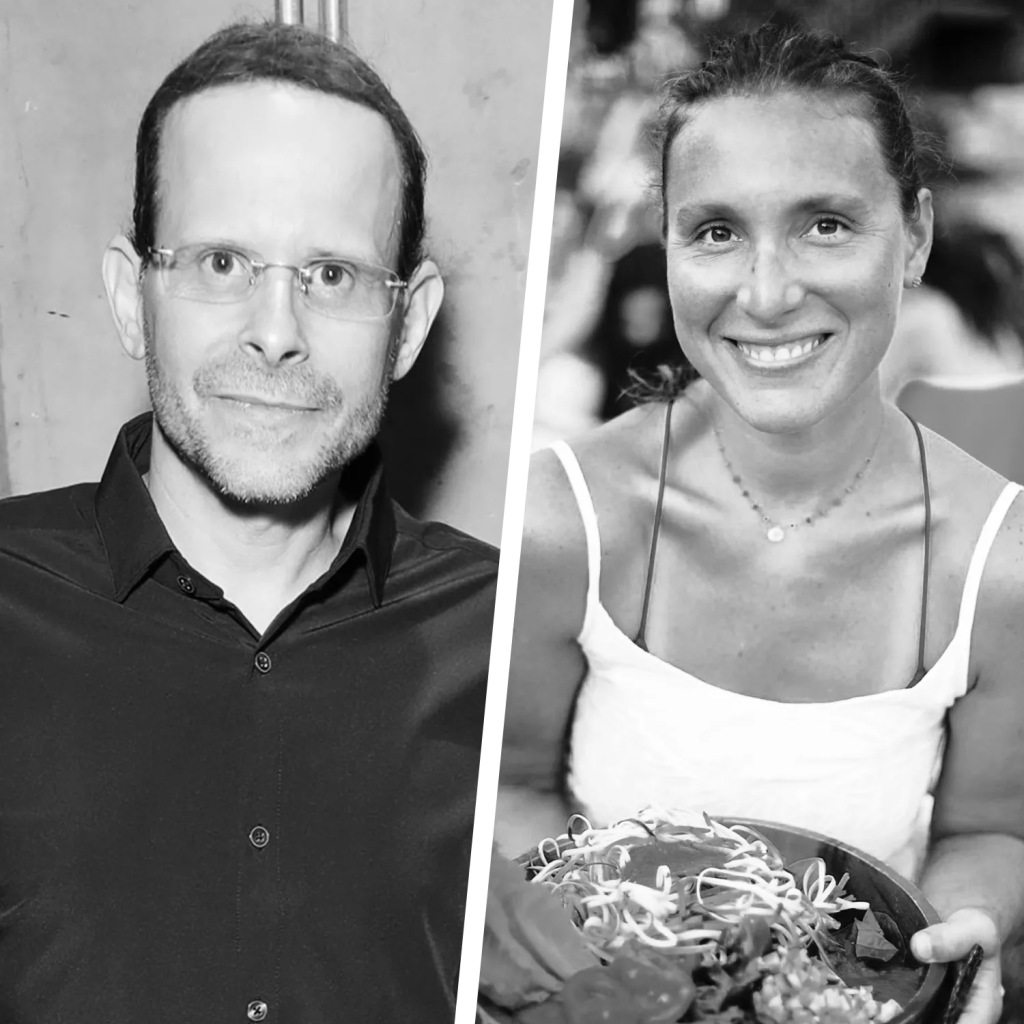
Dan Adler writes for Vanity Fair: "Stephanie Tisone began pursuing new answers to her health concerns in 2013. She was 33 and had already molded her life around nutrition for years, traveling from her home in Pennsylvania to Hawaii and Southeast Asia to meet other raw vegans. After testing positive for two gene mutations correlating to an increased risk for breast cancer, she thought reconfiguring her diet could help. On the advice of the mother of a family for whom she had nannied, Tisone booked a consultation with Anthony William, known on social media and in his books as the Medical Medium. A 53-year-old former health food store owner from Connecticut, William claims that, at four years old, a spirit visited him and gave him the ability to scan bodies for disease by sight. During Tisone’s hour-long $400 phone call with William, he said that heavy metals from vaccines caused her migraines and that the Epstein-Barr virus was hiding out in her liver."
Scientists taught pet parrots to video call each other and they loved it

Sarah Kuta writes for the Smithsonian magazine: "When humans are feeling lonely, we can call or video chat with friends and family who live far away. But, scientists asked, what about pet parrots? New research suggests that these chatty creatures may also benefit from virtually connecting with their peers. Domesticated parrots that learned to initiate video chats with other pet parrots had a variety of positive experiences, such as learning new skills, researchers from Northeastern University, the University of Glasgow and MIT report this month in Proceedings of the 2023 CHI Conference on Human Factors in Computing Systems. “She came alive during the calls,” one pet parent said about their bird, according to a Northeastern University statement.
How pencil sharpeners really work
Just when you think you've seen everything. pic.twitter.com/DD9m0ioK6m
— The Best (@Figensport) April 25, 2023
